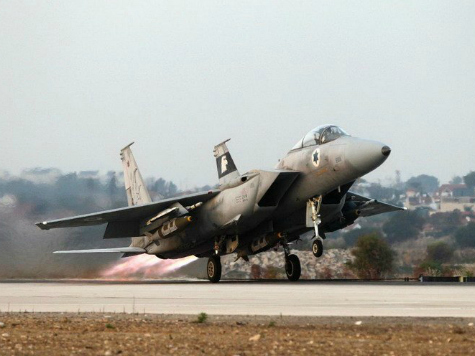As Israel undertakes Operation Protective Edge in Gaza, questions linger about the strategic objective. Is it just to stop and deter Hamas rocket fire against Israeli civilians? Or is it to invade and reoccupy the Gaza Strip, with the aim of ousting Hamas altogether?
In the last two conflicts–Operation Cast Lead (Dec. 2008-Jan. 2009) and Operation Pillar of Defense (Nov. 2012)–Israel has stopped short of what many saw as a “full” commitment.
In both cases, there were reasons for restraint. In Operation Cast Lead, Israel had to weigh the strategy value of destroying Hamas against the strategic cost of waging war as a new–and potentially cold–U.S. President took office. It cut short the operation just hours before Barack Obama swore his first oath on Lincoln’s Bible. In the second conflict, Israel had to keep an eye on the bigger picture of U.S. support for tough sanctions against Iran.
This time really is different, for three reasons. First, Israel is under no illusion that restraint will lead to peace. Hamas has shown no desire to rein in its rocket attacks, and is accused of carried the kidnapping and murder of three Israeli teens last month. Second, even the U.S. has given up on the peace process, with U.S. Special Envoy Martin Indyk resigning recently and citing Palestinian intransigence as the main reason for the failure of talks.
Yet the third and most important reason is that Israel likely no longer believes it has the Obama administration on its side in any case. Though the White House offered cautious support for Israel’s self-defense, it has also spent the past five-plus years undermining Israel’s strength in the region. Currently, President Obama is trying to salvage talks with Iran that, in Israel’s view, merely buy time for its nuclear programs. Israel does not want to alienate the U.S. but is more inclined to act independently, lacking confidence in the value of Obama’s support.
So, ironically, Israel has a freer hand in Gaza today. However, it is unclear just how far Operation Protective Edge will go. As Mitch Ginsburg of the Times of Israel notes, there are different views within Prime Minister Benjamin Netanyahu’s cabinet, with some urging that the Gaza Strip be “reconquered” and Hamas ousted.
That means, on the one hand, that Israel faces a unique opportunity to get rid of one of its most persistent foes. On the other, it could mean that Israel finds itself in a longer and more difficult conflict. There are parallels to the strategic ambiguity at the start of the Lebanon War, where Israel’s leaders thought they had authorized a limited operation but soon saw troops in Beirut.
It is also quite possible Israel wants to keep Hamas guessing.
However, that would require a level of skill from Netanyahu not previously demonstrated in wartime. Though a canny political leader, and a very effective international voice for Israel’s interests, Netanyahu has not been a wartime prime minister. While no one doubts his courage–he is a veteran of one of Israel’s most elite military units–guiding Israel through both the military and political hazards of conflict is a massive burden.
There is a very real danger that Israel could find itself in the tough situation–as it has so often in the past–in which it finds it has the military upper hand, but is boxed in politically by international criticism and domestic opposition. There is also the possibility that a prolonged conflict with Hamas could weaken Israeli resolve to face the greater strategic danger of Iran, and the new threat of ISIS, if and when those conflicts emerge.

COMMENTS
Please let us know if you're having issues with commenting.